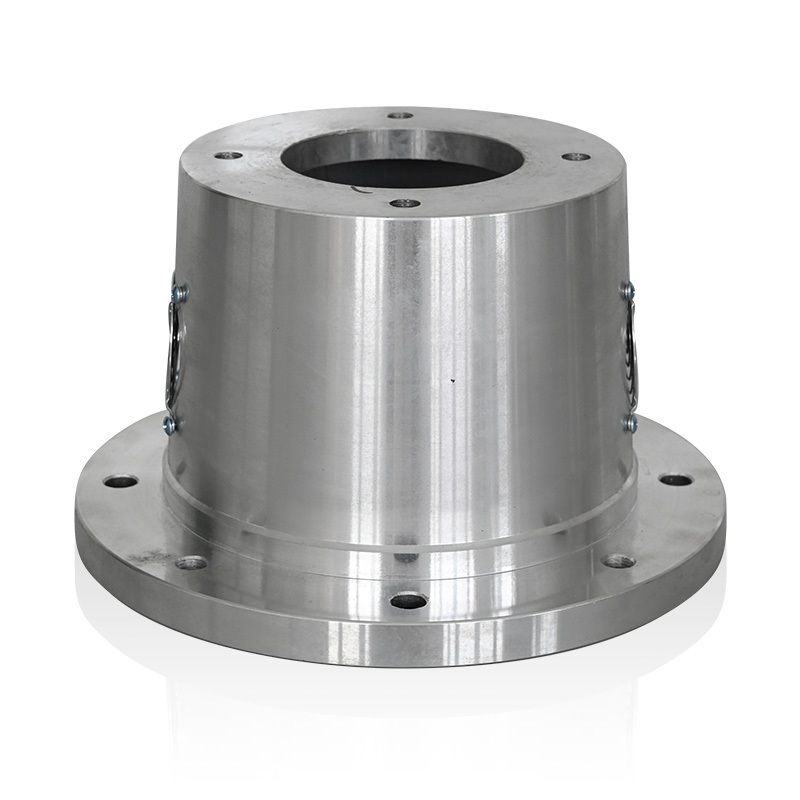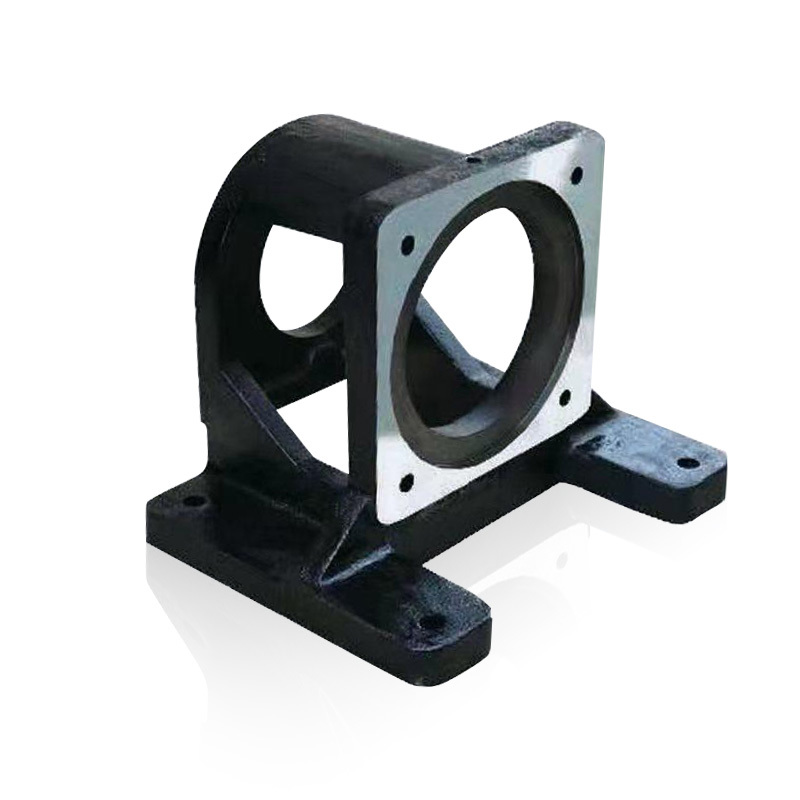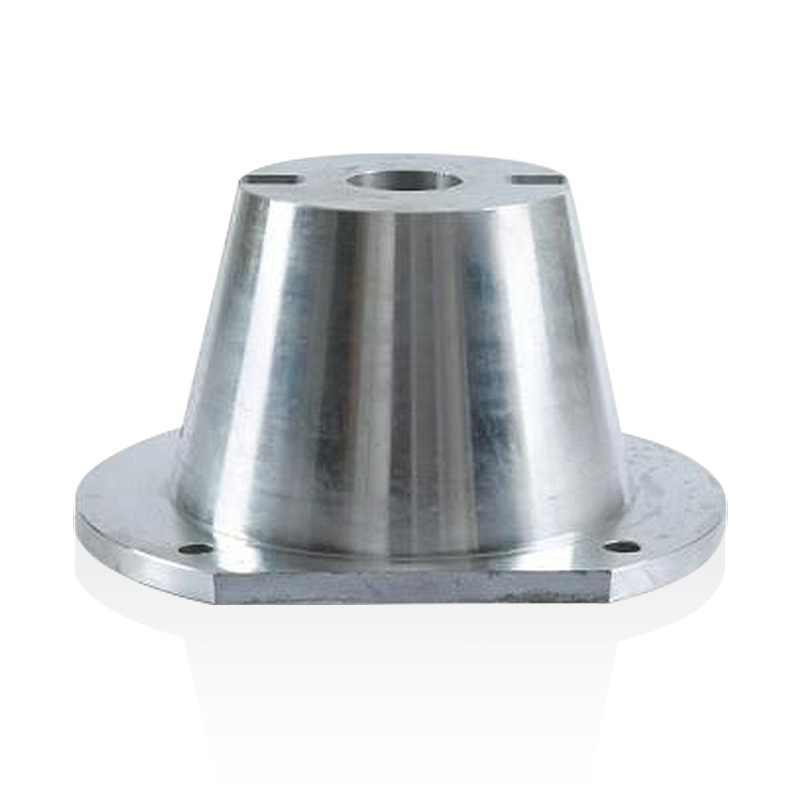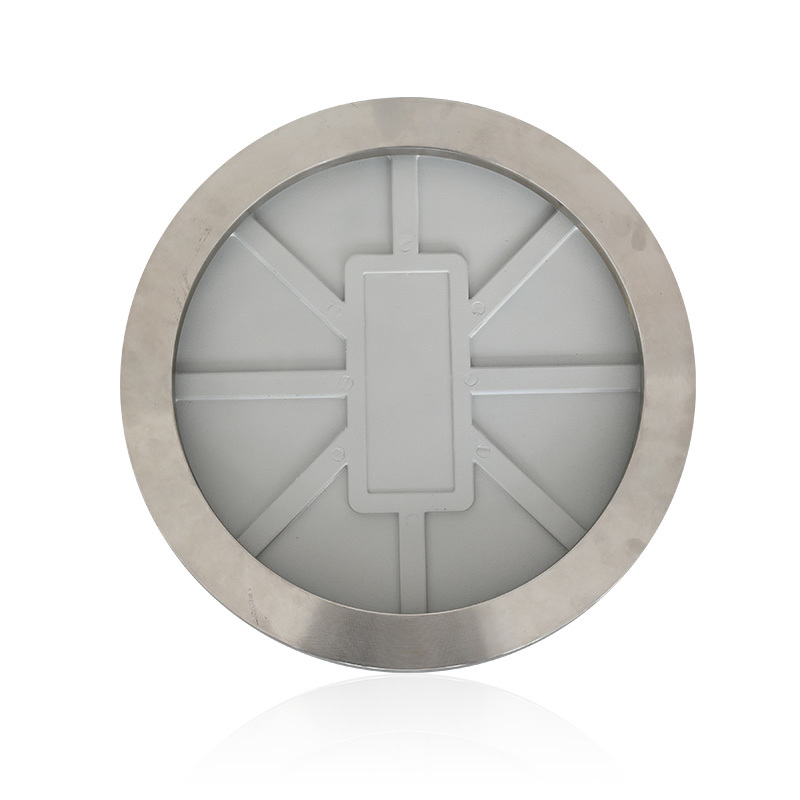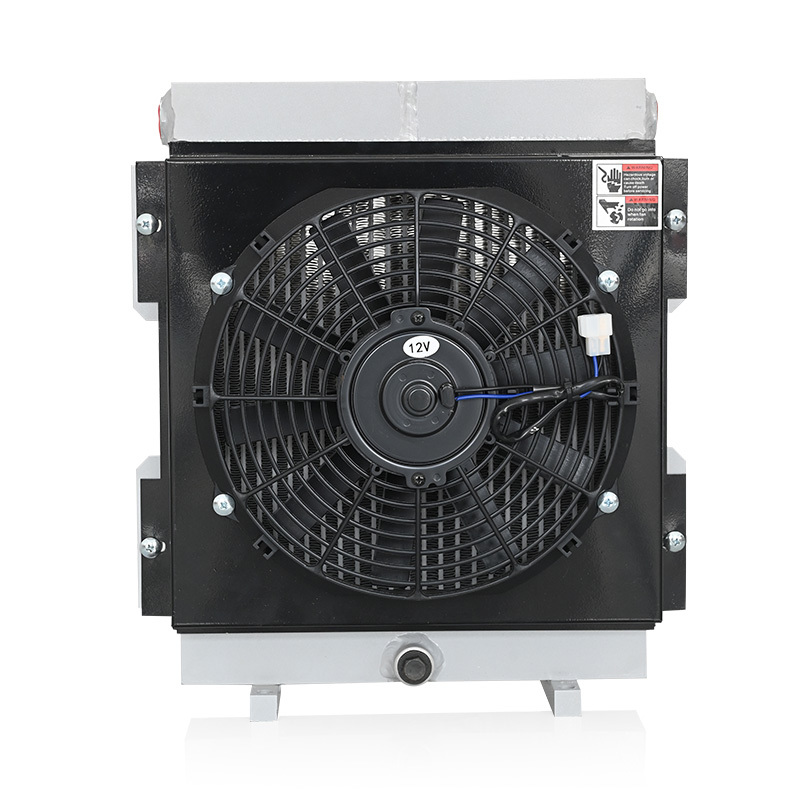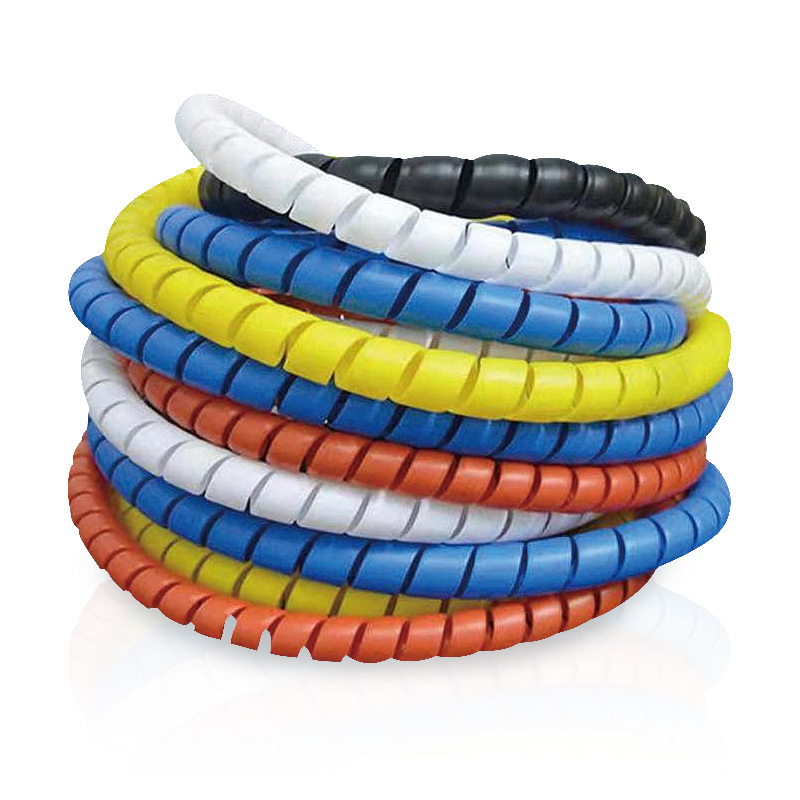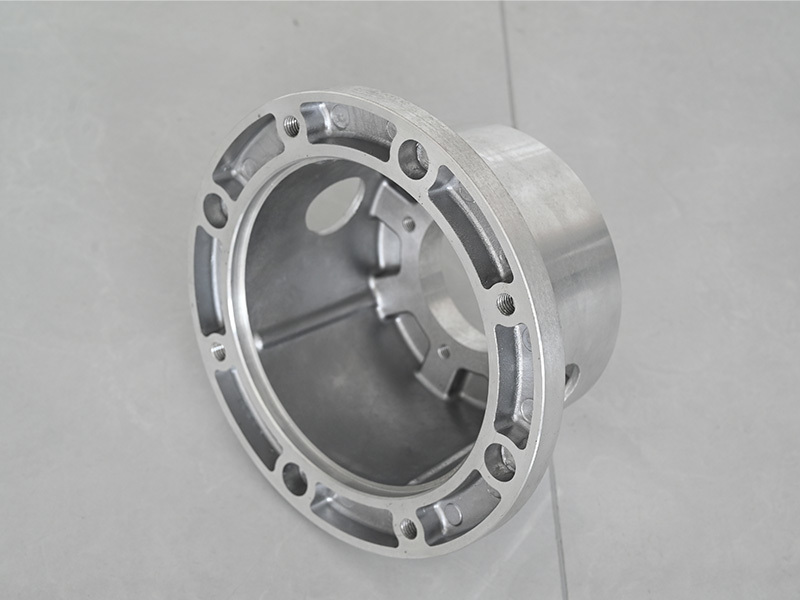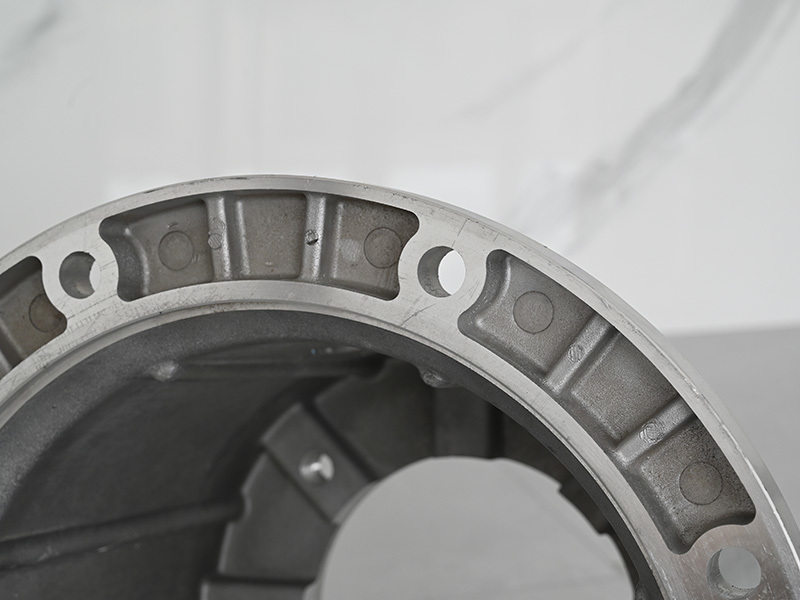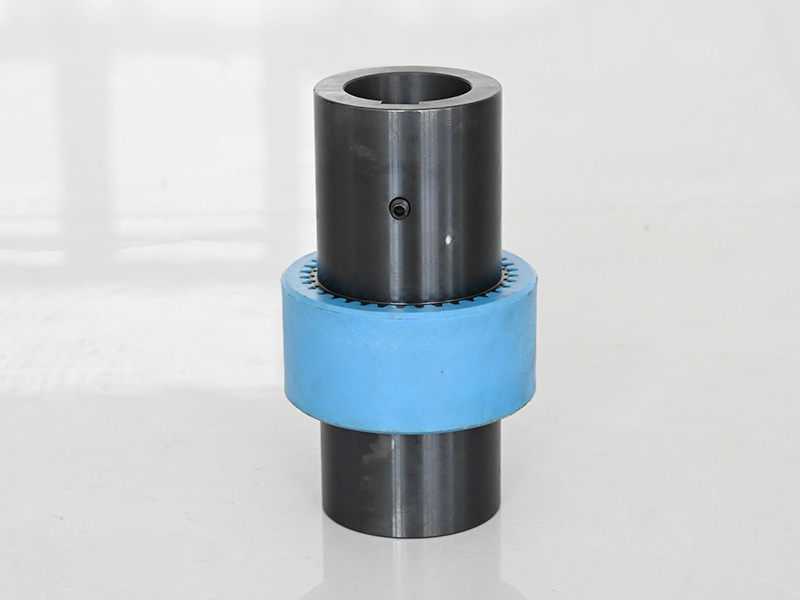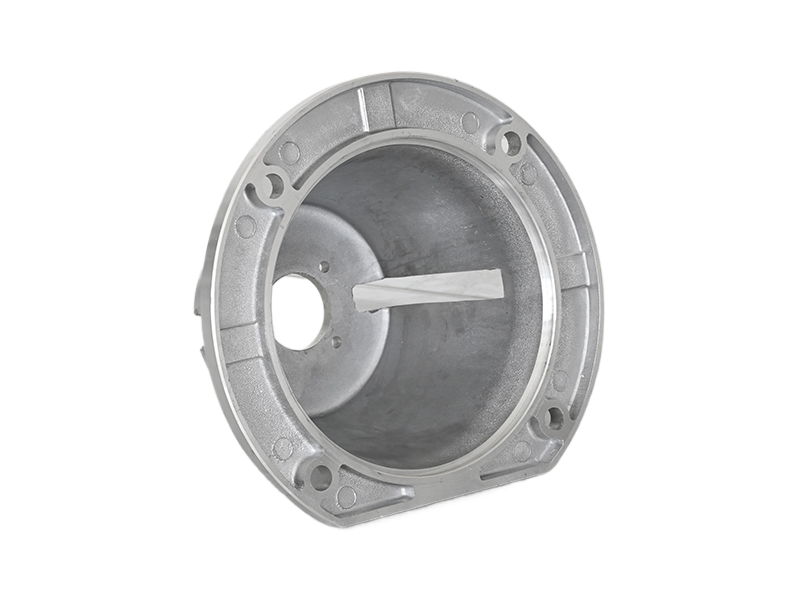Top 5 Features to Look for in Hydraulic Oil Tank Cleaning Covers
Release Time:
Jul 24,2025
Top 5 Features to Look for in Hydraulic Oil Tank Cleaning Covers Maintaining hydraulic oil tanks is crucial for the overall performance and longevity of hydraulic systems. One of the most important aspects of this maintenance is ensuring that the cleaning covers used are of the highest quality. This article will explore the **top five features** that one should consider when selecting hydraulic oi
Top 5 Features to Look for in Hydraulic Oil Tank Cleaning Covers
Maintaining hydraulic oil tanks is crucial for the overall performance and longevity of hydraulic systems. One of the most important aspects of this maintenance is ensuring that the cleaning covers used are of the highest quality. This article will explore the **top five features** that one should consider when selecting hydraulic oil tank cleaning covers, ensuring that they meet both operational demands and safety standards.
Understanding Hydraulic Oil Tank Cleaning Covers
Hydraulic oil tank cleaning covers serve as a protective barrier over oil tanks, preventing contamination and facilitating safe and effective cleaning. By selecting the right cover, organizations can enhance their maintenance routines, ensuring that hydraulic systems operate efficiently. Understanding the features that contribute to a high-quality cleaning cover is essential for anyone involved in hydraulic system maintenance.
1. Material Durability and Composition
The first feature to consider is the **durability of the materials** used in the construction of hydraulic oil tank cleaning covers. High-quality covers are typically made from materials that can withstand extreme temperatures, chemical exposure, and physical wear. Here are some key points to evaluate:
1.1 Resistant to Chemical Corrosion
Hydraulic fluids can be chemically aggressive. Therefore, the cleaning cover should be made from materials like polyethylene or rubber that resist corrosion. This ensures that the cover maintains its integrity over time, reducing the risk of leaks and contamination.
1.2 Temperature Tolerance
Choosing materials that can tolerate high or low temperatures is vital. For example, engineering-grade plastics or metal covers can better withstand varying temperatures without degrading, ensuring long-term service life.
2. Ease of Installation and Removal
Another important feature is the **ease of installation and removal** of the cleaning covers. A user-friendly design saves valuable time during maintenance procedures.
2.1 Quick-Release Mechanisms
Look for covers with quick-release mechanisms, such as snap-on or clamp designs. These features allow maintenance personnel to swiftly access the tank without the need for extensive tools or complicated processes.
2.2 Lightweight Design
Opting for lightweight covers can further simplify the installation process. Heavier covers may require additional manpower or equipment, increasing the overall maintenance time and cost.
3. Sealing Capabilities
Effective sealing is critical to prevent contamination and spillage. A good hydraulic oil tank cleaning cover should provide excellent sealing capabilities.
3.1 Gasket and Seal Material
High-quality gaskets and seals made from rubber or silicone can create a tight seal, reducing the risk of leaks. Consider covers with integrated seals that ensure a snug fit against the tank opening.
3.2 Compatibility with Different Tank Sizes
It's essential to choose cleaning covers that can effectively seal various tank sizes. Covers that offer adjustable or flexible designs can accommodate different oil tank dimensions while maintaining sealing efficiency.
4. Safety Features
Safety should always be a priority when dealing with hydraulic systems. The right cleaning covers should incorporate features that enhance operational safety.
4.1 Non-Slip Surface Designs
A non-slip surface on the cover can prevent accidents during maintenance activities. This is particularly important when personnel need to work on the cover or around the tank.
4.2 Warning Indicators
Some covers come equipped with warning indicators that signal when the cover is not properly secured. This can help prevent hazardous situations associated with fluid leaks or contamination.
5. Cost-Effectiveness and Longevity
While quality cleaning covers may demand a higher initial investment, assessing their potential for **cost-effectiveness** over time is essential.
5.1 Lifespan and Warranty
Investing in covers that come with a manufacturer’s warranty can provide peace of mind. A longer lifespan generally means fewer replacements over time, reducing overall maintenance costs.
5.2 Maintenance Requirements
Evaluate the cleaning and maintenance requirements of the covers. Products that require minimal upkeep can save time and resources in the long run, contributing to their cost-effectiveness.
Conclusion
Choosing the right hydraulic oil tank cleaning covers involves careful consideration of various features, including material durability, ease of installation, sealing capabilities, safety features, and overall cost-effectiveness. By prioritizing these aspects, organizations can enhance the maintenance efficiency of their hydraulic systems, ensuring optimal performance and safety. Investing in high-quality cleaning covers not only protects the hydraulic fluid but also extends the lifespan of the entire hydraulic system.
FAQs
1. What is the primary purpose of hydraulic oil tank cleaning covers?
The primary purpose is to prevent contamination and facilitate safe cleaning of hydraulic oil tanks.
2. How often should hydraulic oil tank cleaning covers be replaced?
Replacement frequency depends on usage and exposure conditions, but regular inspections are recommended to ensure integrity.
3. Are there specific regulations regarding the use of these covers?
Yes, industry regulations may dictate safety and environmental standards that must be met when using hydraulic oil tank cleaning covers.
4. Can I use any cover for different tank sizes?
Not all covers are adjustable. It's essential to choose covers specifically designed for compatible sizes or those that offer flexibility.
5. What materials are best for hydraulic oil tank cleaning covers?
Polyethylene and rubber are excellent choices due to their chemical resistance and durability against extreme conditions.
By focusing on these **top five features**, companies can significantly enhance the reliability and safety of their hydraulic systems, leading to efficient operations and reduced maintenance costs.
Keywords:
You Can Also Learn More About Industry Trends


